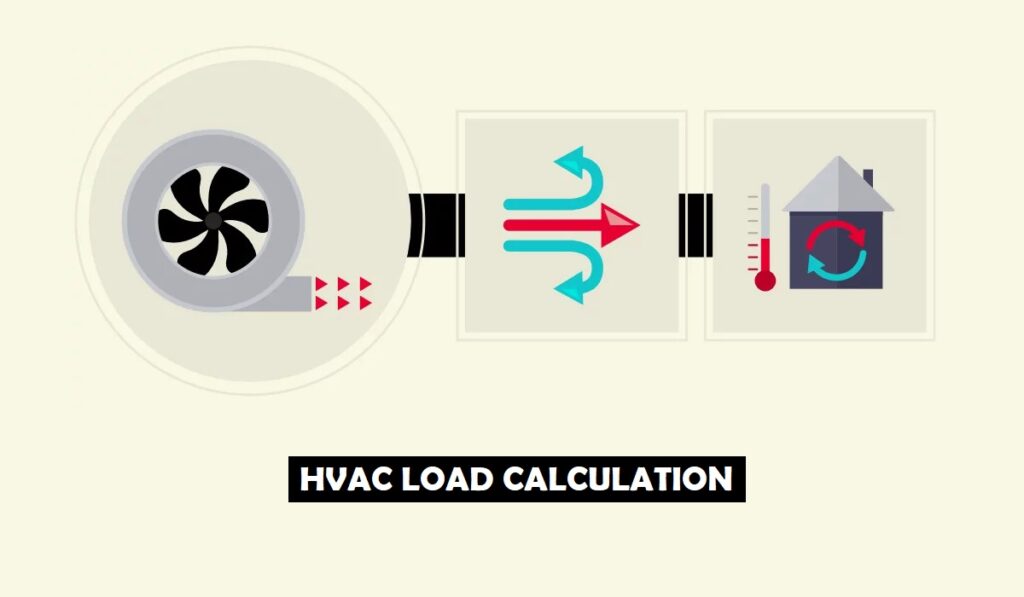In the realm of heating, ventilation, and air conditioning (HVAC) systems, precision is paramount. The comfort, energy efficiency, and longevity of an HVAC system hinge on a fundamental but often underestimated element: load calculations. These calculations play a pivotal role in ensuring that HVAC systems are designed and sized correctly to meet the specific needs of a space or building. In this article, we delve into the significance of HVAC load calculations in system design, demystifying their importance and shedding light on their multifaceted applications.

The Foundation: What are HVAC Load Calculations?
Before we dive into their significance, let’s establish what HVAC load calculations entail. In essence, HVAC load calculations are a systematic assessment of a building’s heating and cooling needs. This process involves evaluating various factors that influence the thermal demands within a structure, such as:
1. Building Size and Layout
The first step in load calculations is understanding the dimensions and layout of the building. This information helps determine how much space needs to be conditioned.
2. Insulation and Building Materials
The type and quality of insulation and construction materials significantly impact a building’s thermal properties.
3. Geographic Location
The climate of the region where the building is located plays a critical role in load calculations. Hot and cold climates have vastly different HVAC requirements.
4. Occupancy and Usage
The number of occupants and the building’s purpose influence how much heat or cooling is required. Commercial spaces, for instance, have distinct needs compared to residential areas.
5. Windows and Doors
The size, type, and orientation of windows and doors impact heat gain and loss, making them vital considerations.
6. Appliances and Lighting
The heat generated by appliances and lighting fixtures must be factored into load calculations.
Now that we’ve established what HVAC load calculations entail let’s delve into why they are so crucial.
The Significance of HVAC Load Calculations
Ensuring Energy Efficiency
One of the most significant advantages of accurate load calculations is enhanced energy efficiency. An HVAC system that is appropriately sized for a building consumes less energy because it operates within its optimal range. Conversely, an undersized system will work harder and less efficiently, leading to higher utility bills and more frequent maintenance.
Achieving Comfort
Comfort is paramount in any indoor environment. HVAC load calculations ensure that the system can maintain the desired temperature and humidity levels consistently. This translates to a comfortable and pleasant living or working space for occupants.
Prolonging Equipment Lifespan
HVAC systems that are subjected to excessive strain due to incorrect sizing are more likely to break down prematurely. Load calculations help prevent this by specifying the appropriate capacity for the system, leading to a longer equipment lifespan and fewer replacement costs.
Cost Savings
A well-designed HVAC system that results from accurate load calculations can save building owners substantial amounts of money over time. Reduced energy consumption, fewer repairs, and extended equipment life all contribute to cost savings.
Environmental Impact
In an era of growing environmental consciousness, properly sized HVAC systems play a role in reducing carbon footprints. Less energy consumption translates to fewer greenhouse gas emissions, aligning with sustainability goals.
The Complex Process of HVAC Load Calculations
It’s important to note that HVAC load calculations are not a one-size-fits-all process. They require a deep understanding of thermodynamics, building science, and HVAC technology. Professionals in this field employ advanced software tools to factor in all the variables accurately. This process includes load calculations for both heating and cooling seasons, ensuring year-round comfort.
In conclusion, HVAC load calculations are the backbone of efficient and effective heating and cooling system design. They are essential for optimizing energy usage, ensuring occupant comfort, extending equipment lifespan, and contributing to a greener planet. By investing in precise load calculations, building owners and HVAC professionals can create environments that are not only comfortable but also sustainable.




